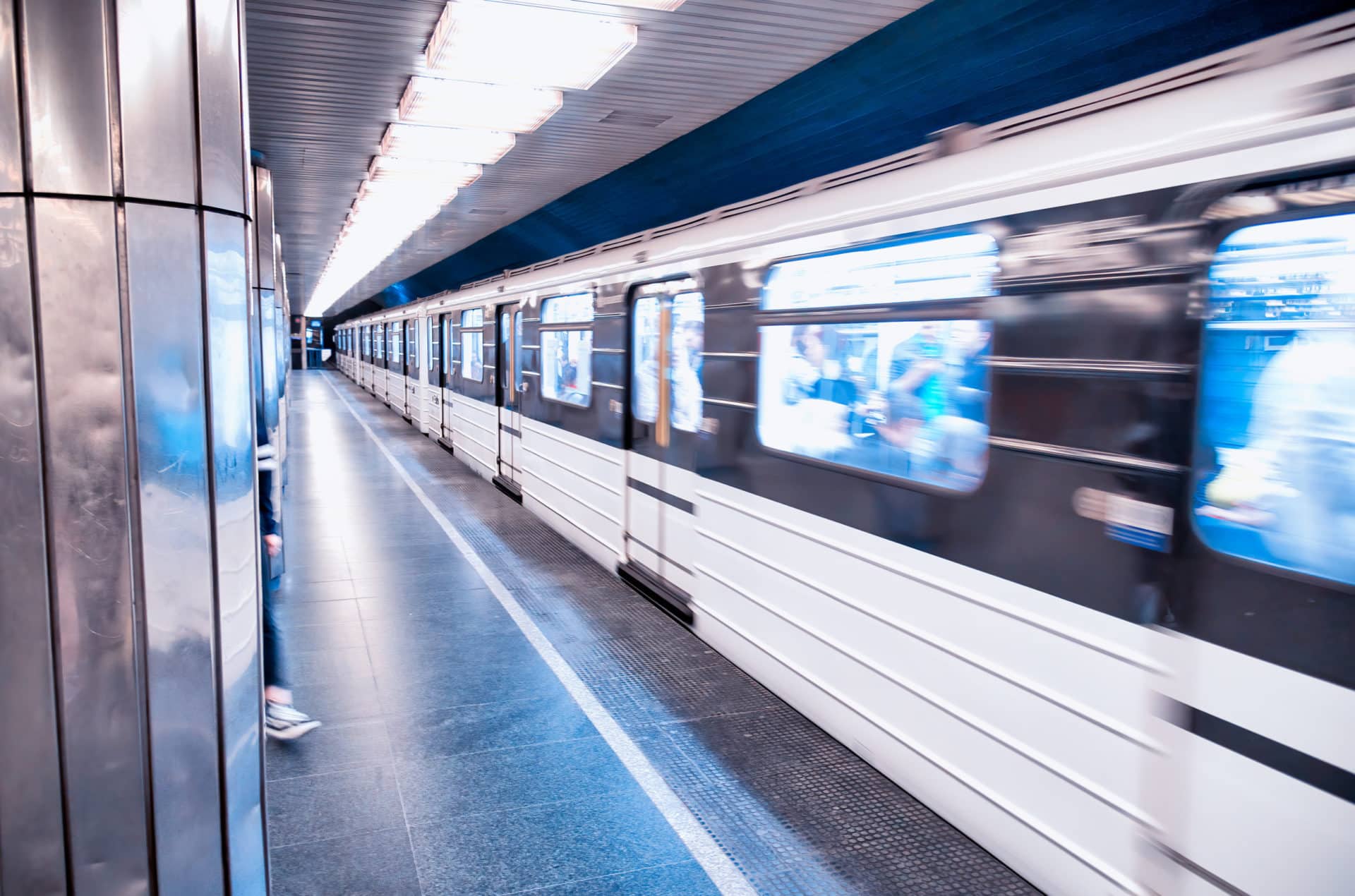Free Consultation
Free Consultation

New York has a lot of trains. From the subways in New York City to the commuter rails in other parts of the state, all those trains add up to a lot of tracks – and a lot of opportunities for accidents and injuries to occur.
If you are injured in a New York train accident, what can you do? How do you establish who is responsible for the accident so you can get the compensation you deserve? These are good questions, and there are clear answers to them.
Here is what you need to know about New York train accidents and injuries, including how you can establish who may have been negligent in a way that led to your injuries.
Train accidents have several components to them, some mechanical and some human. That can make lawsuits related to them incredibly complex.
The most common types of accidents that occur involving trains in New York include:
These types of accidents are often attributed to issues such as:
Due to the size and speed of trains, their accidents can often lead to catastrophic injuries that can impact a person for their entire life.
Many of the accidents involving trains that lead to injury are preventable. The most common injuries include:
The companies that own the trains, the companies that run them, and those who operate them have a responsibility to their passengers. They need to ensure that they take all precautions to keep passengers safe.
They are considered “common carriers” under the law, which means they owe what is called a “duty of care.” If they are negligent in some way that causes you to be injured, then you may be able to recover compensation if you can show they violated their duty of care to you.
In accidents that involve other parties, you may be able to show their negligence, too, and include them in the lawsuit. This can include government agencies with oversight and the responsibility of track management or even motorists on the roads who may have caused an accident at a train crossing.
If you can show that someone’s negligence led to your injuries, then you can ask for compensation that includes things such as:
An experienced attorney can work with you to help you get the compensation you deserve if you’re injured in a train accident.
In most personal injury cases in New York, you have three years to file a lawsuit from the date of the accident. However, if you are filing a lawsuit against a government entity, then the statute of limitations can be different. That’s why it’s important to consult an attorney as soon as you can after a train accident.
You can do your part to try to avoid injury when utilizing trains in New York by remembering a few simple safety tips, such as: